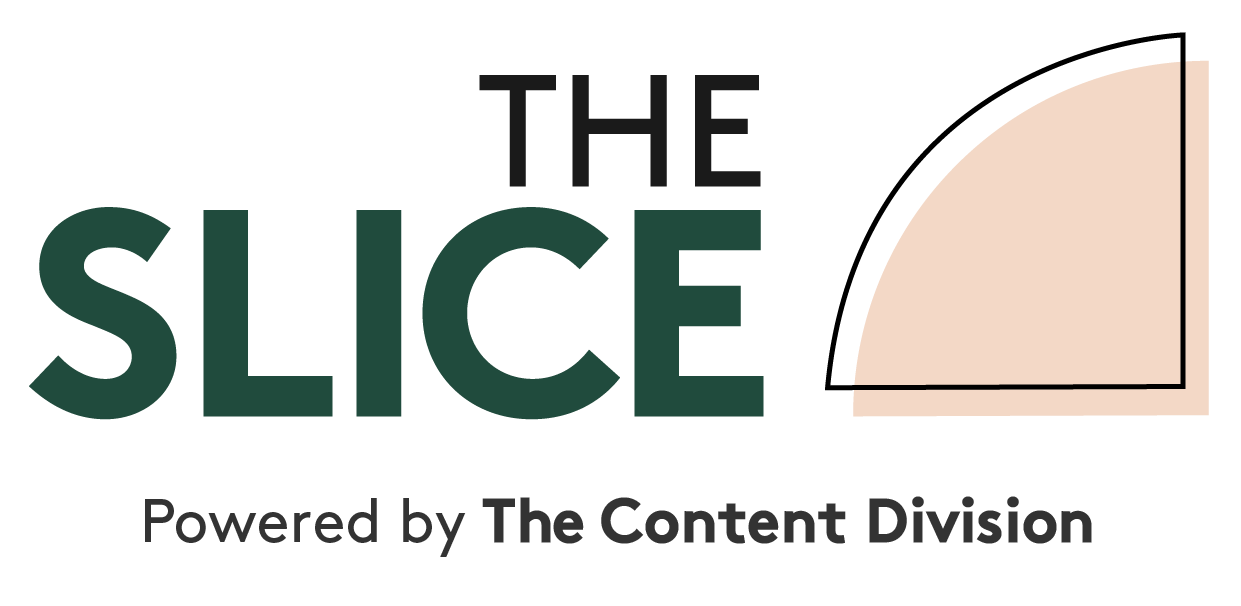
- Go to google.com
- Search ‘student accommodation Brisbane’
- Find ‘22 websites to find student accommodation in Brisbane’ – the first or second organic result
Now, if anyone ever promises you with absolute certainty they can get you to the top of the list in Google, they’re lying. Even with a website that’s optimised for search and a foolproof content strategy, you’re competing with new sources everyday and that top spot is never guaranteed.
Securing a place at the top for any search term relies on high quantities of constant, ongoing traffic to your page or website. But how do you get there in the first place if you’re not ranking well for that search term?
While it sounds like a case of chicken or the egg, there’s actually a tried and tested method to getting your website content seen to grow your traffic and send your pages up the search result list.
Know your search term intimately
Recently I developed and executed a digital marketing strategy for international student attraction to Brisbane. A major part of that strategy was to enhance the experience of onshore international students because we believed that creating advocates of the city was the best way to amplify our message internationally.
We did this by creating a comprehensive library of leisure and utility content that answered every question an international student could have if they were living in Brisbane – from where to study and stay to the best cheap eats and how to find a part-time job.
The result was an enormous increase in website traffic, greater social engagement and in turn, the top place in search results for many student-related terms including ‘student accommodation Brisbane’ – an extremely high-volume keyword with multiple national brands paying to compete for the top spot.
According to SEMrush the ‘student accommodation Brisbane’ keyword attracts almost 1500 searches a month and has an average cost per click of $2.97 for the advertisers bidding to appear in the search results. The keyword trend is increasing and it has a 0.7 competition rating. In other words, this is a highly competitive sector that brands are spending a lot of cash to rank in.
About the article
At the time of writing this article, the page that ranks first for this search term is a piece I wrote about 18 months ago to help international students find student accommodation in Brisbane. The article title is ‘22 websites to find student accommodation in Brisbane’ and the content is a wrap up of practically all of the trusted, available student accommodation in the city from the purpose-built providers to the rental agents and even a few of the hostels for short-term stays.
The purpose of the article was to collate the options so new students to Brisbane could easily compare the accommodation providers from one source – a 100% unbiased and audience-focused piece of content. Each of the 22 listings (and we updated the article regularly) had a title linking to the accommodation provider’s website, a short blurb about the type of accommodation, what makes it different, and some listings had an image.
It’s important to note here that we also made sure that all of the technical requirements to encourage the page to rank had been considered, and that nothing on the page would penalise the site’s ranking. Here’s a breakdown of some of these core requirements:
- Appropriate URL and page name
- Relevant headings and paragraph tags
- All images resized to ensure a quick load time
- All external links working and opening in new tabs
- Further content promotion on page to encourage users to stay on the site
While the content on its own without these elements may have performed well, having these things no doubt helped the page to rank and encouraged users to stay on the page. So it’s important to make sure your page or website is optimised for search. Similarly, you want to make sure you’re not doing anything that Google may penalise your website for.
How to start and maintain content promotion
In the beginning, most of the traffic to the student accommodation article came from paid Facebook promotion. Although the profile I was using to distribute the content had low organic reach, I knew I would be able to effectively target my audience through promoted posts. Find out more about paid versus organic social media promotion here.
As I had done previously with a number of other relevant articles, I targeted my posts to an international student audience by selecting people who identified as expats, who lived in Brisbane and were also students. So you can see here that I’ve managed to narrow down my audience to just the people who would be interested in my article.
The result of this niche targeting was extremely cost effective social promotion (a cost per engagement between $0.01 and $0.10), reaching more than 50,000 people. Generally I would promote a post for just $100 over one week and could generate up to 3500 page views.
Because the article was so comprehensive and not biased in any way, students spent an average of 20-30 minutes going through each of the options, reinforcing the page and the website as a trusted, relevant source of information.
I also promoted the article through a monthly e-newsletter to international students and through the organisation’s Twitter channel.
Within a month or so the article was attracting more than 100 views a week just from search traffic, and within a couple of months it was contending for the top spot, drawing in hundreds of visitors each week and generating just as many clicks for the accommodation providers listed in the article.
The traffic to this article continues to grow week on week, peaking in key periods. It is a prime example of the incredible power of comprehensive, audience-focused content.






